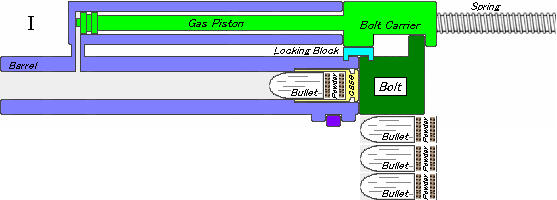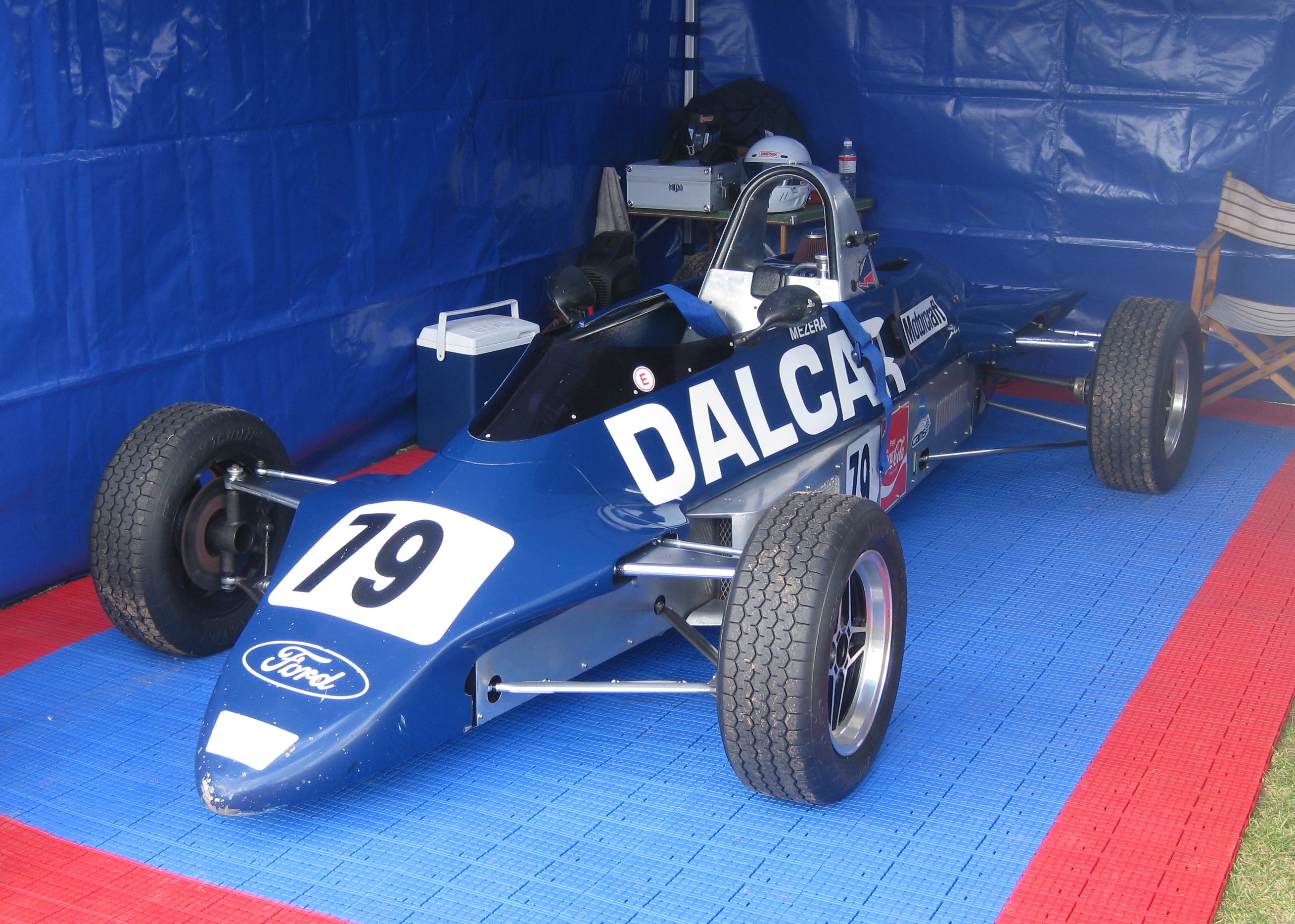|
F89 Strain
F89 or F-89 may refer to: * Aradu (F89), a 1980 Nigerian frigate * DKW F89, a 1950 compact front wheel drive saloon * F89 Minimi, an Australian produced version of the FN Minimi light machine gun * F89 strain, a mupirocin-resistant strain of ''Staphylococcus aureus'' * HMCS Prince David (F89), a 1929 Canadian National Steamships passenger liner * HMS Battleaxe (F89) HMS ''Battleaxe'' was a Type 22 frigate of the British Royal Navy. She was sold to the Brazilian Navy on 30 April 1997 and renamed ''Rademaker''. Construction and design ''Battleaxe'' was ordered by the British Admiralty on 4 September 1974, ..., a 1977 British Royal Navy Type 22 frigate * Northrop F-89 Scorpion, an early American jet-powered fighter * Reynard F89 from Reynard Motorsport * Volvo F89, heavy-duty truck from Volvo {{Letter-NumberCombDisambig ... [...More Info...] [...Related Items...] OR: [Wikipedia] [Google] [Baidu] |
Aradu (F89)
NNS ''Aradu'' (F89) (meaning "thunder" in Hausa language, Hausa) is a Nigerian frigate. She is the first of the MEKO 360 general purpose frigates built by the German Blohm + Voss company of Hamburg. The ship is the largest in the Nigerian Navy. As a general purpose frigate, ''Aradu'' has capabilities for Anti-aircraft warfare, anti-air, anti-surface and Anti-submarine warfare, anti-submarine warfare effectively, and participated in the Trafalgar 200, 200th anniversary celebrations of the Battle of Trafalgar. The ship also possesses capability for Naval gunfire support, naval fire support and electronic warfare. Additionally, she carries a ship-borne helicopter for anti-submarine warfare, search and rescue, and enhanced surveillance/detection. Design and description The first of the MEKO 360 type frigates, ''Aradu'' was constructed using modular prefabrication and containerised weapons and sensors. The first frigate to be built in this manner, this allowed for speedier constructio ... [...More Info...] [...Related Items...] OR: [Wikipedia] [Google] [Baidu] |
DKW F89
The DKW Meisterklasse (English: "Master Class"), also known as the DKW F89, is a compact car, compact front-wheel drive automobile, saloon manufactured by ''Auto Union Gesellschaft mit beschränkter Haftung, GmbH'' between 1950 and 1954. It was the first passenger car to be manufactured by the new Auto Union company in West Germany following the re-establishment of the business in the west in 1949. The Factory Apart from the former DKW factory at Berlin-Spandau, the Auto Union’s manufacturing plants had been located in Saxony at Zwickau, Chemnitz and Zschopau when Second World War, war had put an end to passenger vehicle production in 1942. After the war the company was no longer able to access its production facilities in the Soviet occupation zone. The first post war DKWs were therefore built under contract in a refurbished plant by Rheinmetall, Rheinmetall-Borsig in Düsseldorf. The Origins The F89 shared its underpinnings with the DKW F8, DKW F8 / 'Meisterklasse' which had ... [...More Info...] [...Related Items...] OR: [Wikipedia] [Google] [Baidu] |
F89 Minimi
The FN Minimi (short for french: Mini Mitrailleuse; "mini machine gun") is a Belgian 5.56mm light machine gun/squad automatic weapon developed by Ernest Vervier for FN Herstal. First introduced in the late 1970s, it is now in service in more than 75 countries. The weapon is currently manufactured at the FN facility in Herstal and their U.S. subsidiary FN Manufacturing LLC. The Minimi fires from an open bolt. It is an air-cooled, gas operated long-stroke piston weapon that is capable of fully automatic fire only. It can be belt fed or fired from a magazine. The Minimi is configured in several variants: the Standard model as a platoon or squad support weapon, the Para version for paratroopers and the Vehicle model as secondary armament for fighting vehicles. Design details Operating mechanism The Minimi uses a gas-actuated long-stroke piston system. The barrel is locked with a rotary bolt, equipped with two massive locking lugs, forced into battery by a helical camming gui ... [...More Info...] [...Related Items...] OR: [Wikipedia] [Google] [Baidu] |
F89 Strain
F89 or F-89 may refer to: * Aradu (F89), a 1980 Nigerian frigate * DKW F89, a 1950 compact front wheel drive saloon * F89 Minimi, an Australian produced version of the FN Minimi light machine gun * F89 strain, a mupirocin-resistant strain of ''Staphylococcus aureus'' * HMCS Prince David (F89), a 1929 Canadian National Steamships passenger liner * HMS Battleaxe (F89) HMS ''Battleaxe'' was a Type 22 frigate of the British Royal Navy. She was sold to the Brazilian Navy on 30 April 1997 and renamed ''Rademaker''. Construction and design ''Battleaxe'' was ordered by the British Admiralty on 4 September 1974, ..., a 1977 British Royal Navy Type 22 frigate * Northrop F-89 Scorpion, an early American jet-powered fighter * Reynard F89 from Reynard Motorsport * Volvo F89, heavy-duty truck from Volvo {{Letter-NumberCombDisambig ... [...More Info...] [...Related Items...] OR: [Wikipedia] [Google] [Baidu] |
Staphylococcus Aureus
''Staphylococcus aureus'' is a Gram-positive spherically shaped bacterium, a member of the Bacillota, and is a usual member of the microbiota of the body, frequently found in the upper respiratory tract and on the skin. It is often positive for catalase and nitrate reduction and is a facultative anaerobe that can grow without the need for oxygen. Although ''S. aureus'' usually acts as a commensal of the human microbiota, it can also become an opportunistic pathogen, being a common cause of skin infections including abscesses, respiratory infections such as sinusitis, and food poisoning. Pathogenic strains often promote infections by producing virulence factors such as potent protein toxins, and the expression of a cell-surface protein that binds and inactivates antibodies. ''S. aureus'' is one of the leading pathogens for deaths associated with antimicrobial resistance and the emergence of antibiotic-resistant strains, such as methicillin-resistant ''S. aureus'' (MRSA ... [...More Info...] [...Related Items...] OR: [Wikipedia] [Google] [Baidu] |
HMCS Prince David (F89)
HMCS ''Prince David'' was one of three Canadian National Steamships passenger liners that were converted for the Royal Canadian Navy (RCN), first to armed merchant cruisers at the beginning of Second World War, then infantry landing ships (medium) or anti-aircraft escort. For three years, they were the largest ships in the RCN. The three 'Prince' ships were a unique part of Canada's war effort: taken out of mercantile service, converted to armed merchant cruisers, two of them (''Prince David'' and ) were reconfigured to infantry landing ships and one () to an anti-aircraft escort; all three ships were paid off at war's end and then returned to mercantile service. In the early part of the war, as armed merchant cruisers equipped with antique guns and very little armour, ''Prince David'' and her sisters were sent to hunt enemy submarines and surface ships, tasks better suited to warships. As the needs of the RCN changed, so were the 'Prince' ships able to adapt to new roles. T ... [...More Info...] [...Related Items...] OR: [Wikipedia] [Google] [Baidu] |
HMS Battleaxe (F89)
HMS ''Battleaxe'' was a Type 22 frigate of the British Royal Navy. She was sold to the Brazilian Navy on 30 April 1997 and renamed ''Rademaker''. Construction and design ''Battleaxe'' was ordered by the British Admiralty on 4 September 1974, as the second Batch I Type 22 Frigate. The ship was laid down at Yarrow Shipbuilders' Scotstoun shipyard on 4 February 1976, and was launched by Audrey Callaghan, the wife of James Callaghan, the Prime Minister at the time, on 18 May 1977. ''Battleaxe'' was completed on 28 March 1980. ''Battleaxe'' was long overall and at the waterline, with a beam of and a draught of . Displacement was standard and deep load. She was powered by two Rolls-Royce Olympus TM3B gas turbines rated at a total of and two Rolls-Royce Tyne R1MC turbines rated at a total of , driving two shafts in a Combined gas or gas (COGOG) arrangement. They gave a speed of when powered by the Olympuses and when powered by the Tynes. The ship had a range of at . ... [...More Info...] [...Related Items...] OR: [Wikipedia] [Google] [Baidu] |
Northrop F-89 Scorpion
The Northrop F-89 Scorpion was an American all-weather, twin-engined interceptor aircraft built during the 1950s, the first jet-powered aircraft designed for that role from the outset to enter service. Though its straight wings limited its performance, it was among the first United States Air Force (USAF) jet fighters equipped with guided missiles and notably the first combat aircraft armed with air-to-air nuclear weapons (the unguided Genie rocket). Design and development The Scorpion stemmed from a United States Army Air Forces (USAAF) Air Technical Service Command specification ("Military Characteristics for All-Weather Fighting Aircraft") for a night fighter to replace the P-61 Black Widow. The preliminary specification, sent to aircraft manufacturers on 28 August 1945, required two engines and an armament of six guns, either machine guns or autocannon. The revised specification was issued on 23 November; it did not specify jet propulsion, but the desired maximum speed of ... [...More Info...] [...Related Items...] OR: [Wikipedia] [Google] [Baidu] |
Reynard F89
Reynard Motorsport was the world's largest racing car manufacturer in the 1980s. Initially based at Bicester and latterly at Reynard Park, Brackley, England the company built successful cars in Formula Ford 1600, Formula Ford 2000, Formula Vauxhall Lotus, Formula Three, Formula 3000 and CART. History Founded by Adrian Reynard in 1973 as Sabre Automotive Ltd, the company built on its success in lower formulae (particularly Formula Ford and its variants; Reynard himself was a top driver in Formula Ford 2000 in the late seventies) to progress in March 1994 to CART racing and collaborate with British American Racing from 1999 in the design of its early Formula One cars. Adrian Reynard formed a very effective working partnership with friend and Formula Ford rival Rick Gorne, who looked after the sales and commercial side of the business. Gorne was one of the first people to bring a commercial mindset to the sale of racing cars - he worked out pricing models for cars and spa ... [...More Info...] [...Related Items...] OR: [Wikipedia] [Google] [Baidu] |






